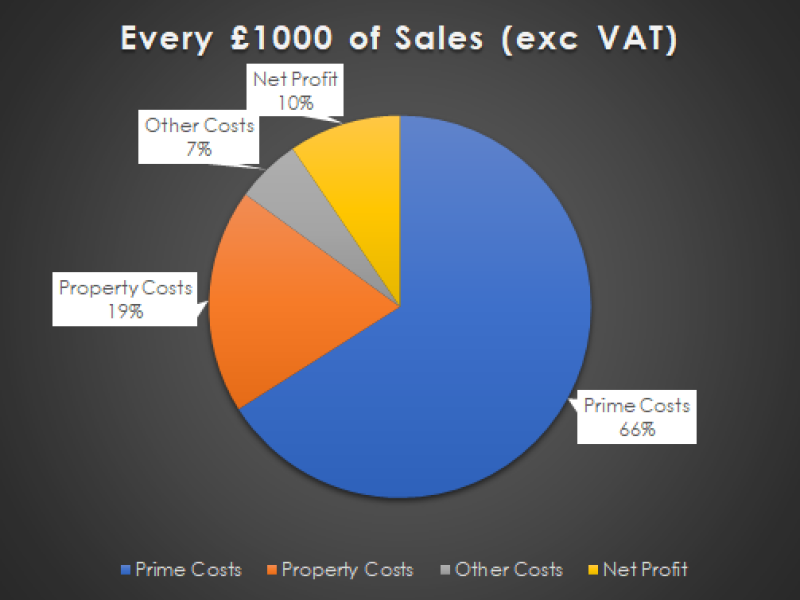The use of travertine will make your home or business interior or exterior more beautiful, and you'll get many compliments on it. Even if you're not a fan of clean, modern lines, this article will show you that there are even colors to choose from for those who prefer traditional designs. So get out there; take a look at what your local stone dealers have to offer, and see which travertine option is best suited for your home. Travertine is a natural stone and will always have faintly visible variations in tone and colour. It should be cleaned with a PH Neutral cleaner such as Solutions “Natural Clean” and “Replenish”. Natural Clean is also great for regular use as it doesn’t contain chemicals or abrasives that could damage the stone or existing sealers.

Natural stone is a wonderful choice for flooring, but like any hard material, it can be damaged. Honing is a service that restores natural stone floors by removing etch marks, scratches, and stains with industrial diamonds. A diamond pad (an abrasive, low-numbered grit pad) is put on a grinding machine, or honing powders are applied to the stone and then buffed on the surface. When it comes to figuring out how to preserve a travertine floor, your best bet is to get professional help. Even though the floors are beautiful and elegant, they require more regular maintenance than other types of flooring. The stones aren't as sturdy as some materials and can be damaged by improper maintenance or a lack of attention altogether. Choose a service using Travertine Care Products that has specialized equipment, qualified technicians, and a consistent track record of satisfying customers' needs.
Travertine comes in two varieties – honed and polished. Honed travertine has a matte finish, while polished travertine comes in a high gloss variety. Depending on the look you want to achieve, choose the right type of travertine flooring to install. No matter how much you love it and how excellent the results are, once you find out how to care for your travertine, it is important that you also find a way to prevent any unnecessary damages. There's nothing better than treating your house with expensive travertine tiles and finding out that you have ruined them in the process. That would be such a pain.
Even with its disadvantages, travertine remains a popular material for homes and businesses. This is specifically because it looks natural and has the ability to complement most color schemes. Although you can still find travertine floors today, the other products introduced by modern science have proven to be more convenient, less expensive and less difficult to maintain.
We specialize in travertine restoration using the best Travertine Care Products and have been doing so successfully for years. We can maintain your floors to look as good as new with professional results that are long-lasting. We offer a number of maintenance options so you can find just what you're looking for, including training and certification of our technicians to ensure consistent quality, proper care, and help prevent any further damage.

